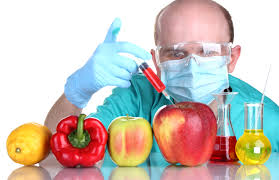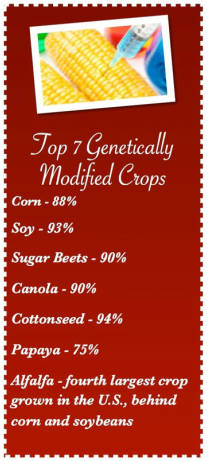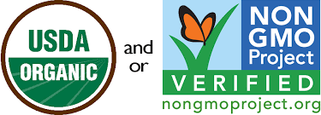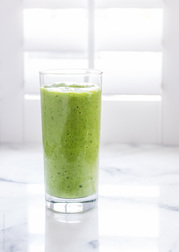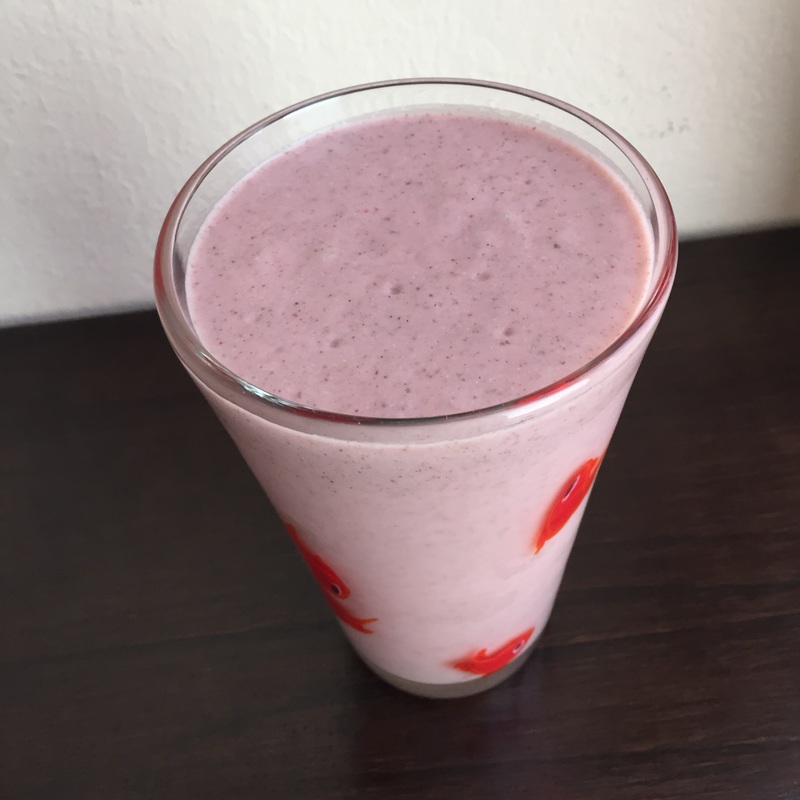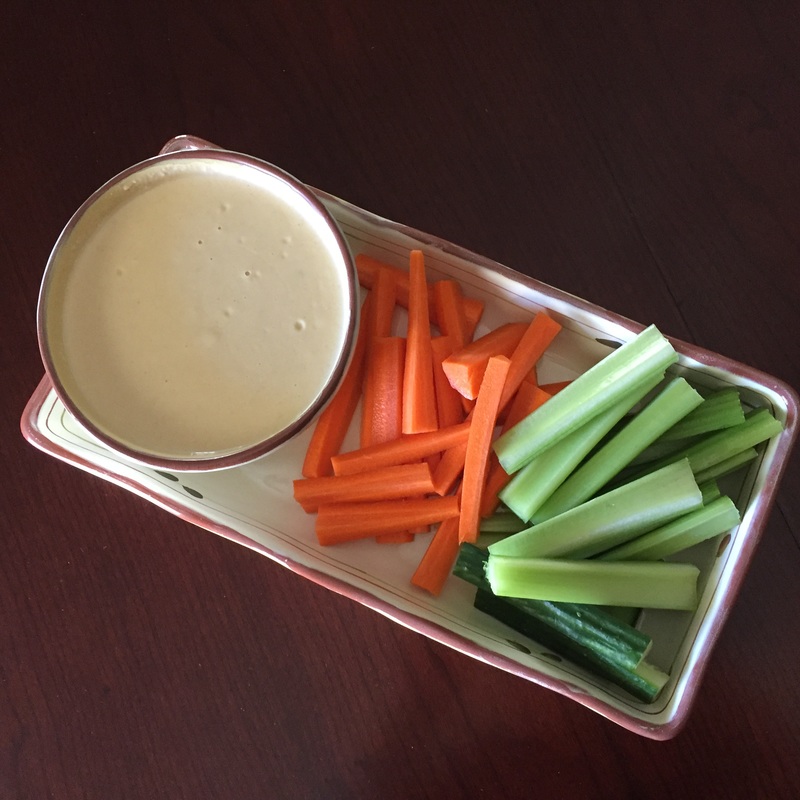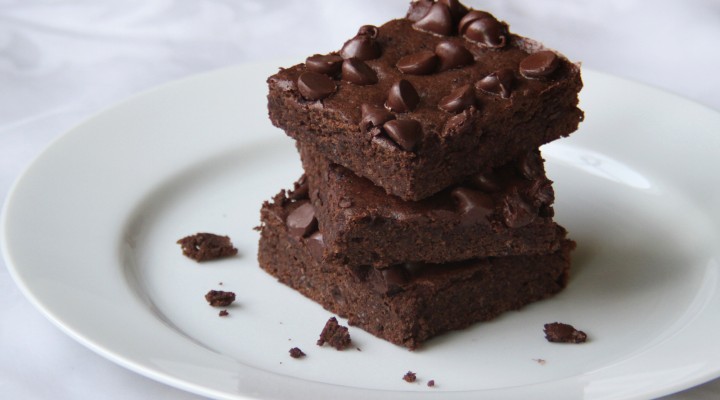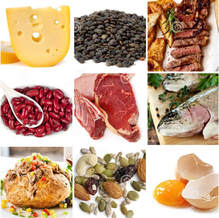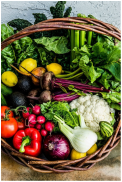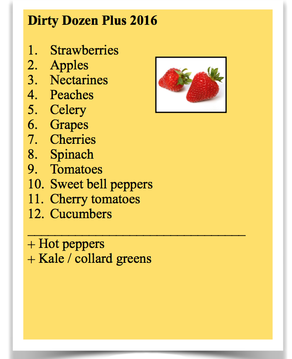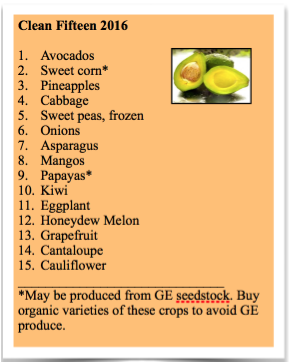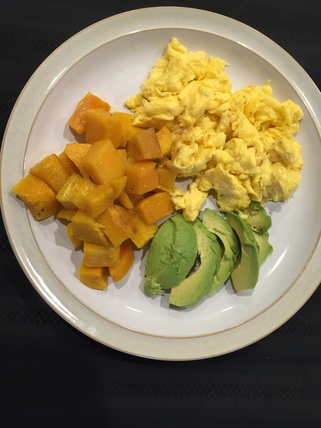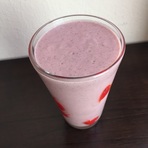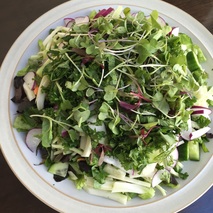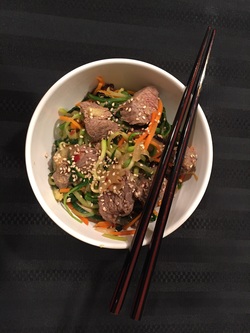|
Did you watch the Dr. Oz show today? It was another awesome episode. He talked about the Dirty Dozen and the Clean 15 just like I did last week in my blog. You are probably thinking that Dr. Oz and I collaborated on the material, but it is simply not so. We are both so passionate to share important information with as many people as possible.
So what are GMOs?
Are GMO foods the same as hybrid foods? Genetic engineering is radically different from conventional breeding techniques used to improve a crop. For starters, it is a laboratory-based technique allowing scientists to create a food that could never be created by nature. Claire Robinson, co-author of “GMO Myths and Truths”, explains: “Genetic engineering enables DNA to be transferred not only between different kinds of plants, but even between different kingdoms. You can take DNA from an insect, an animal, a virus or a bacterium, and insert it into the genome of a food crop plant. The truth is that the genetic engineering process disrupts the genome (organization and function of genes) of the plant." This is far different than a hybrid food. A hybrid food, like a pluot, is actually a cross between a plum and an apricot, to which we assign a different name. It is a natural crossbreed of two separate varieties of fruit to create a new one. This does not raise any red flags for me. But what if your tomato has been injected with fish DNA and was still called a tomato? Would you really want to eat it? Dr. Mercola adds, “The reality is that scientists don't know what they are doing in terms of what side effects are produced by DNA tampering. The effects are very unpredictable.”
Is there mandatory labeling for GMOs?
Sources:
Huffington Post Green (2015). Retrieved from http://www.huffingtonpost.com/margie-kelly/genetically-modified-food Mercola, J. (2016). Retrieved from: http://articles.mercola.com/sites/articles/archive/2016/04/24/gmo-myth-truth.aspx Sacks, S. (2014). What the fork are you eating? New York, NY: Jeremy P. Tarcher Sannapu, A. (2013). Are GMOs healthy? Retrieved from http://articles.herballegacy.com/what-are-gmos-are-they-healthy-and-natural
1 Comment
I mentioned in last week's blog that I would share a smoothie and a hummus recipe. I actually have 2 smoothie recipes to share with you along with the hummus recipe. The smoothie recipes include healthy proteins, fats, and carbohydrates. They are not only healthy, but also delicious. Hummus is a tasty and nutritious snack too. In addition, I am including a "bonus" recipe, since several of you are interested in the black bean brownies that I made recently. Green Smoothie Whole-Foods Protein Smoothie Source: Hyman, M. (2014). The blood sugar solution: 10-day detox diet.
Preparation: Combine all the ingredients in a blender. Blend on high speed until smooth. Be sure to add enough liquid so that the smoothie is not too thick to drink. I realize there are a lot of ingredients, but it is worth it. It is delicious and filling. Auntie Judy's Hummus Source: Judy Esper I personally love garlic, so I use 4 cloves of garlic in my hummus. No one is getting sick at this house! This hummus is not thick like commercial hummus. It is thinner - and tastier. Serves 6
Health highlights: Garbanzo beans: a good source of protein, fiber, folic acid, manganese, and molybdenum as well as iron, magnesium, copper, and zinc. Fiber can help lower cholesterol and blood sugar levels, making them a great food for diabetics. Garlic: good source of vitamin B6, manganese, selenium, and vitamin C. Provides protection against heart disease - decreasing cholesterol levels and lowering blood pressure. Also used to fight infections (and ward off vampires - ha!). Lemons: excellent source of vitamin C, B6, potassium, flavonoids, and the phytochemical limonene. It is a known detoxifier for the liver and for kidney stones. I use lemon in my water daily. If I do not have fresh lemons on hand, I simply add one drop of Lemon essential oil to my water...tasty and good for the body. Black Bean Brownies Source: doTerra Recipes Black bean brownies are a delicious and nutritious twist to a traditional chocolate brownie. You might be nervous about baking with black beans, but don't be -they have a very mild flavor and are extremely rich, creamy, and full of protein. I used Peppermint essential oil in this recipe. These brownies tasted like Girl Scout Thin Mint cookies - without the crunch. Prep time: 10 minutes Cook time: 35 minutes Serves: 9 Tip: When cooking with essential oils, start small. Add one drop and then more if necessary to keep the oil from overpowering the recipe. I thought 4 drops of Peppermint was perfect, but you can play around with it. You can also boost the flavor of these brownies with other essential oils such as Wild Orange, Cinnamon, or Lavender. If you are interested in learning more about essential oils, click "contact us" under my picture on my doterra essential oil website page. Preparation: 1. Preheat oven to 350 degrees Fahrenheit. 2. Place all ingredients, except for chocolate chips, in blender or food processor and blend until smooth. 3. Pour batter into large bowl and stir in ½ cup chocolate chips. 4. Pour into greased 8x8 inch pan and top with ¼ cup chocolate chips. 5. Bake 30-35 minutes or until a toothpick comes out clean. Health highlights:
Black beans: high in fiber, folate, protein, antioxidants - and vitamins and minerals. Its high fiber helps lower blood glucose levels and can therefore benefit diabetics. Coconut oil: a healthy, saturated fat and a proven anti-viral, anti-bacterial, and anti-fungal agent. The fats in coconut oil are medium-chain fatty acids (MCFAs), which are quickly digested, quickly burned as energy, and not stored as fat on your hips (a concern for most women). MCFAs are easily absorbed by cells, thereby increasing metabolism. Coconut oil also contains lauric acid, a powerful anti-inflammatory, that enhances brain function and the immune system. Raw Honey: a natural anti-viral, anti-bacterial, and antioxidant (the darker the better in terms of antioxidants). Raw honey contains 27 minerals, 22 amino acids, and 5,000 live enzymes. It helps fight disease, boost the digestive system, and eliminate allergies. (Buyer beware...this is not the refined honey that you find at your local supermarket in the cute teddy bear plastic bottle. The refining of honey takes away the benefits listed above). Chocolate: contains flavonoids, which act as antioxidants. Flavonoids are also good for the heart- may help lower blood pressure and cholesterol. In addition, it acts as an anti-depressant because it contains serotonin and it stimulates endorphin production, which gives a feeling of pleasure. Who doesn't feel better after eating dark chocolate? Nourishing foods are whole foods that are closest to their original, natural state. Whole foods contain all of their original nutrients whereas refined foods are stripped of their nutrients and contain additional artificial ingredients. Our bodies recognize whole foods and instinctively know how to metabolize and use them for energy and repair. This is not the case with refined foods. Remember - food is information to the body. If we fuel the body well, it will respond favorably. The following list will help you understand more about these nourishing whole foods.
Refined vs. Whole Foods - The 85/15 principle When asked about diets and healthful eating, I suggest that people do not diet, but rather incorporate healthy eating into their lifestyle. For many people, just hearing the word "diet" triggers thoughts of deprivation or counting calories or not ever being able to eat foods that they desire. Who wants to live like that? The best way to incorporate healthy eating into your lifestyle is to incorporate the 85/15 principle. This way of eating means that 85% of the time, you will be eating whole, nutrient-dense foods that are nourishing to the body - supplying needed vitamins, minerals, and enzymes to keep your body functioning optimally. If you are eating healthfully 85% of the time, then the 15% of the time when you indulge in refined, nutrient-depleting foods, your body will not suffer because you will have plenty of nutritional reserves on hand. Since no one can eat perfectly all of the time (come on, we all want to indulge once in awhile), this way of eating takes the stress and guilt out of your eating habits. It also makes you aware of your food choices. Do I always need to buy organic? Organic foods certainly are more nutritious because they provide the body with the vitamins, minerals, and enzymes it needs without the toxic chemical load. Organic farmers do not use chemical fertilizers, herbicides, or antibiotics. The Environmental Working Group (EWG) is an American environmental organization that specializes in research and advocacy in the areas of toxic chemicals, agricultural subsidies, public lands, and corporate accountability. They help keep us healthy by keeping us informed. Each year they do extensive research to provide us with a list of the fruits and vegetables with the most and least pesticides, in addition to other services. The produce with the most pesticides are deemed "The Dirty Dozen." In 2016, there were a couple additions and the EWG renamed the list the "Dirty Dozen Plus." The fruits and vegetables lowest in pesticides are deemed the “Clean Fifteen.” I have reproduced these lists for you below. Keep these lists with you while shopping so that you are always prepared to make the healthiest choices for you and your family.
After giving at talk at a local gym, I was asked by someone to write a blog about what I typically eat in a day. I am excited to share what I eat because it reflects what I preach. I eat whole foods – lots of vegetables, fruits, grass-fed meats, and pasture-raised eggs. However, I do not eat the same foods every day. I try to rotate my foods, so that I get the maximum benefits of nutrients. I eat very healthfully, but I sometimes have digestive issues. My issue (don't we all have some) is not so much with what I eat, but how I eat. I have to make a point of practicing mindful eating because it is not something I do naturally. I love food and I eat a lot of it. I get so excited about my food that I tend to inhale it instead of chew it. Every time I eat with my aunt (hello Auntie Chay), she shakes her head and reminds me that if I just ate one bite at a time, I would not have stomach issues. Aunts are so wise, aren't they? After living in this body for almost a half century, you would think I would know how to eat correctly. Life is a journey for sure! Many people believe that nutrition is overwhelming and confusing. I was one of those people. I vividly remember the nights after taking a nutrition class. Class would be from 4-7pm and then I would head home to eat dinner. If I had not prepped well for the week, I would find myself at Whole Foods searching for a “healthful” meal. I remember leaving the store with absolutely nothing because “there simply was nothing” for me to eat. Yes, I would mutter this under my breath as I was walking out of the store. After class your mind is full of the do’s and the do not’s of nutrition, that you literally feel that there is nothing at all to eat. I was over-thinking things. Nutrition is really not hard, it is actually quite simple and logical. The key to healthful eating is planning and prepping ahead. If you don't plan or prep ahead, you will be walking aimlessly around Whole Foods and leave there with not so healthful choices (as you know, I have been there). When you plan ahead, you will have many nutritious options available in minutes. So...what should you eat? Eat whole S.O.U.L. food - seasonal, organic, unprocessed, and local foods, making sure you consume a rainbow of fruits and vegetables. I am lucky to live in California and have farmer’s markets available to me year round. Not only do I get the freshest produce, I also eat with the seasons. If it isn’t at the farmer’s market, then it isn’t in season yet. Last week one of my favorite fruits appeared - fresh figs. Oh my goodness - they are like candy to me - so sweet and so tasty. They are rich in fiber and minerals, like potassium, magnesium, calcium, and iron. I savor every bite! Yum!! 6am – wake-up Upon waking, I have 1-2 glasses of room temperature water. Once I am up, I boil water and have hot water and lemon (sometimes with ginger) to kick off my morning. I occasionally drink coffee - typically saving that for a weekend treat. I then check emails and do a bit of work around the house before eating breakfast.
8am – depending on the day – I am on my way to work or to the gym. For either event, I bring plenty of water to hydrate myself throughout the morning. Remember last week's blog where I did not hydrate myself enough? You will be able to feel the difference in your body if you are dehydrated. You may feel lethargic and fatigued.
Mid-afternoon snack - 3pm-ish Sometimes I have a hankering for a mid-afternoon snack. Mostly I reach for an apple with almond butter. Other days I eat a hard-boiled egg, handful of nuts, beef jerky (Landjager from Prather's Ranch is my favorite) or homemade hummus with raw vegetables (carrots and celery). My Aunt Judy makes a delicious hummus, another recipe that I will share next week.
10-11pm - Bedtime Well, that is the day in the exciting life of Kristin. Ha! This is what works for me. These meals keep me energized and healthy. However, not everyone can eat the same way or eat the same foods as I do. Make sure you investigate and find out what is right for your body. Everybody (and every body) is different. The one thing I truly believe is that in order to be healthy, you must eat whole, S.O.U.L. foods. To health and happiness!
|
The information on this website is not intended to diagnose, treat, prevent, or cure any disease.
All of the information on this website is Copyright © CookingwithKristin.com 2017 and may not be downloaded, reproduced, republished or otherwise copied without express written permission of CookingwithKristin.com.
All of the information on this website is Copyright © CookingwithKristin.com 2017 and may not be downloaded, reproduced, republished or otherwise copied without express written permission of CookingwithKristin.com.

